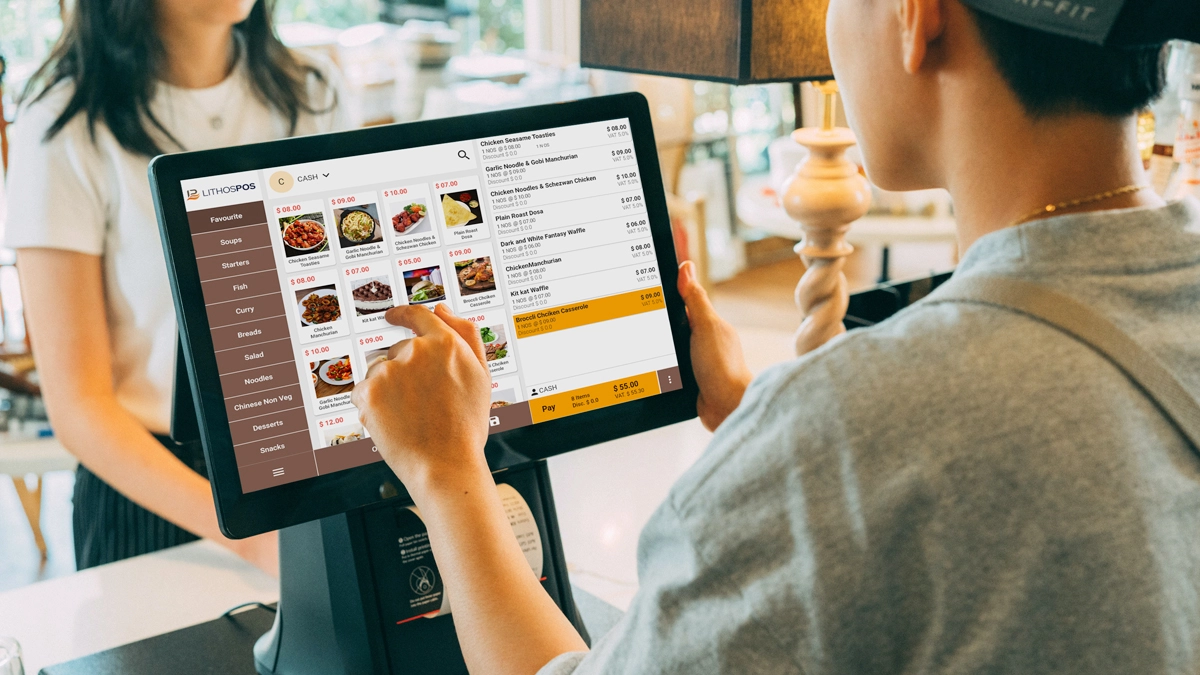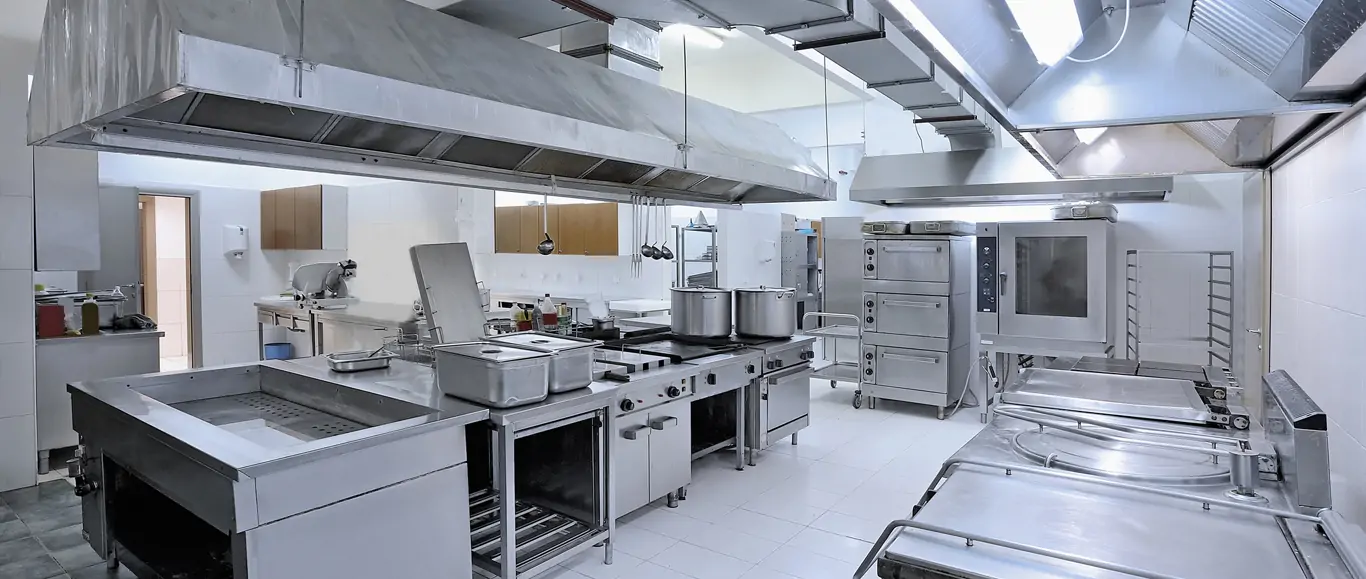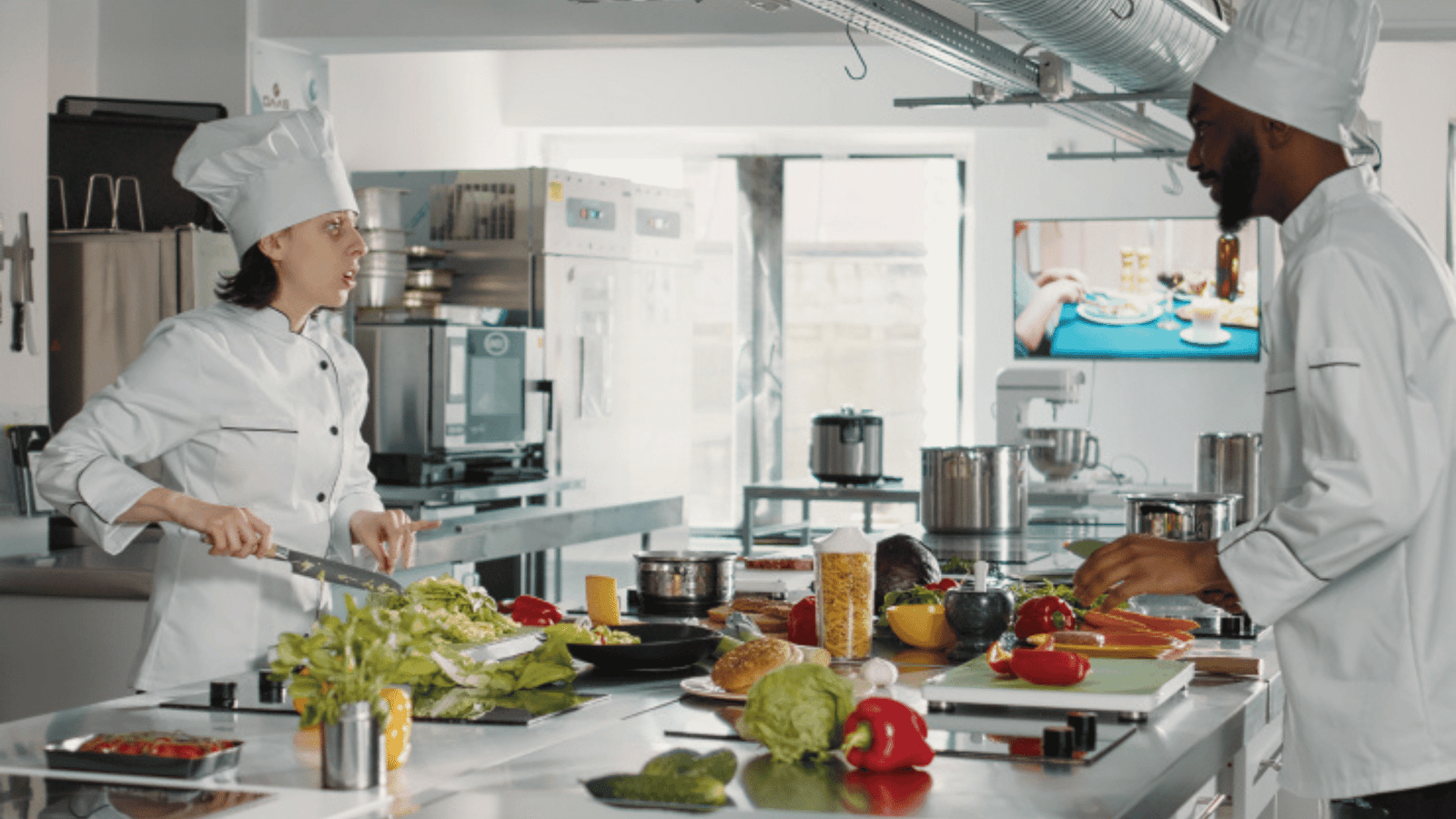The cloud kitchen industry is booming, but profitability remains a major challenge. High operational costs, inefficient workflows, and rising competition can eat into margins. However, smart restaurant operations can revolutionize your cloud kitchen’s success. By streamlining processes, leveraging automation, and optimizing inventory management, you can significantly reduce waste and boost profitability.
In this guide, we’ll explore how smart operations can drive efficiency, enhance order fulfillment, and improve customer satisfaction, ultimately increasing your bottom line.

Why Smart Operations Matter for Cloud Kitchens
Cloud kitchens operate with a lean model, but inefficiencies can still creep in. Here’s why smart restaurant operations are essential:
- Cost Savings: Reduce labor, food waste, and overhead expenses.
- Improved Speed & Accuracy: Optimize workflows for faster order fulfillment.
- Better Resource Management: Minimize food spoilage and optimize stock levels.
- Scalability: Make operations seamless when expanding to multiple locations.
By integrating smart strategies, cloud kitchens can outperform competitors and ensure long-term sustainability.
Key Smart Operations to Improve Cloud Kitchen Profitability
1. Leveraging Technology for Efficiency
The right technology stack can streamline workflows and improve efficiency. Here’s how:
1.1 Implementing a Smart POS System
A smart POS (Point-of-Sale) system integrates with inventory, kitchen displays, and third-party aggregators like Swiggy and Zomato. Benefits include:
- Real-time sales tracking for better forecasting.
- Automated order routing to reduce kitchen delays.
- Integration with delivery platforms for seamless operations.

1.2 AI-Powered Order Management
AI-driven order management systems prioritize orders based on preparation time, customer location, and peak hours, reducing delays and improving customer experience.
1.3 Kitchen Display Systems (KDS)
Replacing traditional paper tickets with digital KDS enhances efficiency by:
- Displaying orders in real-time to kitchen staff.
- Reducing miscommunication errors.
- Speeding up food preparation and dispatch.
2. Optimizing Inventory & Supply Chain Management
Smart inventory management is crucial for cost control and waste reduction.
2.1 Automated Inventory Tracking
AI-powered inventory tracking helps:
- Monitor ingredient usage patterns.
- Send alerts for low-stock levels.
- Prevent over-ordering and wastage.
2.2 Predictive Demand Forecasting
Using historical sales data and AI algorithms, cloud kitchens can predict demand patterns, ensuring optimized ingredient stock levels while minimizing spoilage.

2.3 Smart Supplier Integration
Building strong supplier relationships and automating procurement workflows can:
- Reduce costs through bulk ordering.
- Ensure consistent ingredient availability.
- Minimize last-minute shortages.
3. Streamlining Kitchen Workflow & Order Fulfillment
Efficient kitchen operations directly impact order speed and quality.
3.1 Optimized Kitchen Layout
A well-organized kitchen reduces bottlenecks and increases efficiency. Best practices include:
- Zoning workstations for prep, cooking, and packaging.
- Using ergonomic designs to improve staff movement.
- Implementing FIFO (First-In-First-Out) methods to reduce food waste.

3.2 Batch Cooking for Peak Hours
Preparing bulk high-demand items in advance can:
- Reduce order preparation time.
- Improve service speed during rush hours.
- Enhance consistency across orders.
3.3 Standardized Recipes & Portion Control
Using digital recipe management systems ensures:
- Consistent taste and quality.
- Reduction in ingredient overuse.
- Faster training for new staff.
4. Data-Driven Decision Making
Leveraging data analytics can optimize every aspect of a cloud kitchen’s operations.
4.1 Analyzing Sales & Customer Preferences
Understanding order trends helps in:
- Identifying best-selling dishes.
- Adjusting menus for maximum profitability.
- Eliminating low-performing items.
4.2 Performance Metrics & KPIs
Tracking key performance indicators (KPIs) like:
- Average order preparation time
- Customer satisfaction scores
- Ingredient wastage percentage
helps refine strategies for operational excellence.

4.3 Dynamic Pricing Strategies
Using AI-driven pricing models, cloud kitchens can:
- Adjust prices based on demand.
- Offer real-time discounts during slow periods.
- Improve profit margins dynamically.
5. Enhancing Delivery & Customer Experience
The final step in smart restaurant operations is ensuring smooth delivery and top-tier customer satisfaction.
5.1 Smart Delivery Routing
AI-based delivery management systems optimize:
- Route planning to minimize delivery time.
- Order grouping for multiple deliveries in one trip.
- Real-time tracking to enhance transparency.
5.2 Customer Feedback & Personalization
Collecting and analyzing customer feedback allows for:
- Tailoring menu options to preferences.
- Offering targeted discounts and loyalty programs.
- Enhancing service quality based on reviews.
5.3 Contactless & Automated Packaging
Adopting automated packaging solutions ensures:
- Hygienic and tamper-proof deliveries.
- Faster order processing.
- Reduction in packaging costs.

Read Also :- Proven Strategies to Drastically Reduce Restaurant CAPEX and OPEX
Conclusion: The Future of Cloud Kitchens Lies in Smart Operations
Smart restaurant operations are no longer optional—they are a necessity for cloud kitchens looking to thrive. By embracing technology-driven efficiency, data-driven decision-making, and optimized workflows, cloud kitchens can significantly improve their profitability, scalability, and customer experience.
By implementing these strategies, your cloud kitchen can cut costs, enhance order accuracy, and scale effortlessly in a highly competitive food industry.
FAQs
Q1. What are smart restaurant operations?
Smart restaurant operations involve using technology, automation, and data analytics to streamline workflows, reduce costs, and enhance efficiency in food businesses.
Q2. How can smart operations improve cloud kitchen profitability?
By reducing food wastage, optimizing inventory, improving order fulfillment, and enhancing customer satisfaction, smart operations maximize revenue while minimizing costs.
Q3. What technology is essential for a cloud kitchen’s success?
Key technologies include POS integration, AI-powered inventory management, digital kitchen display systems (KDS), and delivery management software for streamlined operations.
Q4. How does automation help in reducing costs?
Automation reduces labor costs, minimizes food wastage, and speeds up order fulfillment, leading to significant savings in operational expenses.
Q5. How can I start implementing smart operations in my cloud kitchen?
Start by adopting a smart POS system, AI-based inventory management, optimized kitchen layouts, and efficient delivery management software to enhance profitability.





